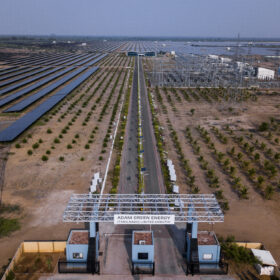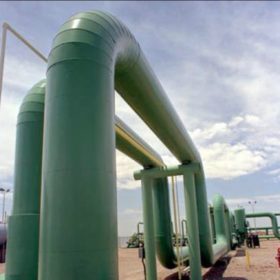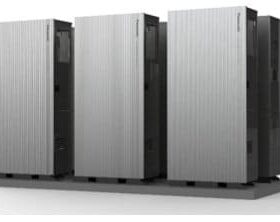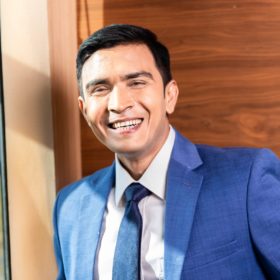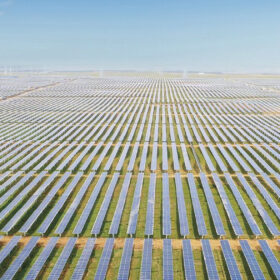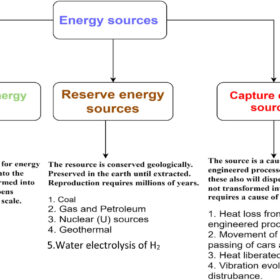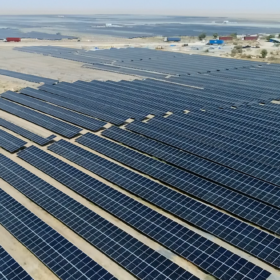Annual renewables installations to surge 33% to 20 GW this fiscal
India is expected to add around 20 GW of new renewable energy capacity (16 GW solar and the balance wind) in FY 2024. This is 33% up from 15 GW installed in FY 2023.
HSBC announces $2 million funding to IIT Bombay, Shakti Sustainable Energy for green hydrogen innovation
HSBC India has partnered with the Indian Institute of Technology (IIT) Bombay to support innovation-led green hydrogen initiatives. It has also partnered with Shakti Sustainable Energy Foundation (SSEF) to support policy research, and technological and financial solutions for real-world application of green hydrogen in industrial clusters across four states of India.
The Hydrogen Stream: New way to make drug materials from hydrogen
UW–Madison has developed an environmentally friendly approach for producing essential drug ingredients by opting for hydrogen, while India has presented new green hydrogen standards.
Unveiling India’s carbon credit revolution: From local initiatives to global impact
The Indian carbon credit system, operating under the Clean Development Mechanism (CDM) and the United Nations Framework Convention on Climate Change (UNFCCC), stands ahead in several aspects.
Deployment trumps solar manufacturing in EU priorities
A lack of clear policy support, raw material dependency, and higher production costs are inhibiting the localization of European solar manufacturing, despite strong demand.
Driving renewable energy adoption: Challenges and opportunities
India’s robust economic growth translates to rising demand for energy. This demand provides a substantial market for renewable energy investments, encouraging firms to venture into this sector. However, as the nation marches ahead in RE adoption, it needs to overcome challenges like high capital costs and inadequate grid infrastructure.
Top 5 solar inverter suppliers accounted for 71% of global shipments in 2022
Huawei, Sungrow, Ginlong, Solis, Growatt, and GoodWe emerged as the top solar inverter vendors in 2022, driving a significant portion of the year’s 330 GW (AC) of global inverter shipments.
Solar sovereignty: India’s path to sustainable independence and green revolution
The Indian government is actively steering the nation towards a sustainable and environmentally-conscious energy future. However, this juncture calls for a strategic alignment of protective measures to ensure their intended outcomes, notably reducing India’s reliance on energy imports and positioning the nation as a global hub for solar manufacturing.
Going beyond renewable/non-renewable dichotomy
Scientists in India have proposed a new classification of energy sources that is intended for the adoption and definition of emerging technologies, which they said conventional taxonomies fail to achieve.
8.5 GW of solar parks completed under govt support scheme
Eleven solar parks aggregating 8.521 GW have been completed and seven solar parks totaling 3.985 GW partially completed under the Ministry of New and Renewable Energy’s scheme for “Development of Solar Parks and Ultra-Mega Solar Power Projects.”
